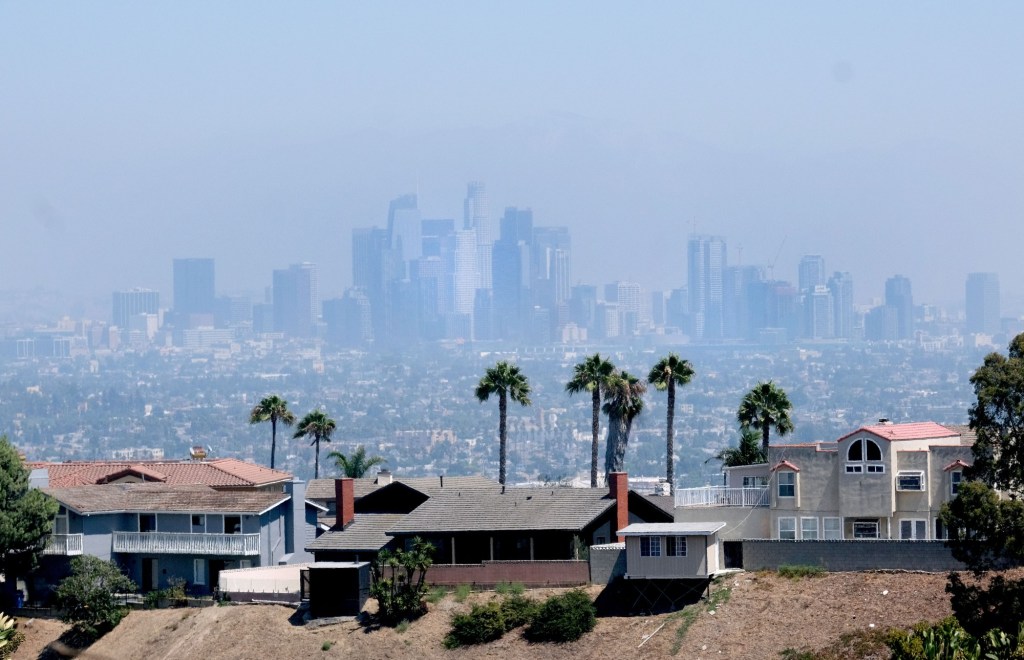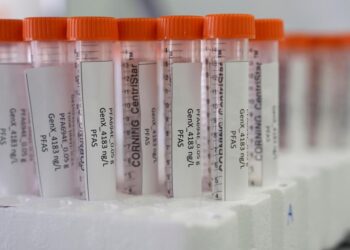People in areas of the United States with high levels of a certain kind of air pollution have a greater risk of dementia, a new study found.
The study, published Monday in the journal JAMA Internal Medicine, looked at data from 27,857 survey participants between 1998 to 2016. About 15%, or 4,105, developed dementia during the study period, and all lived in areas of the US with higher concentrations of particle pollution than those who didn’t develop dementia, the researchers found. The study authors said it’s the first nationally representative study of the potential effects of particle pollution on dementia in the US, and the link to dementia was most robust in areas with pollution from agriculture and wildfires.
Also see: Southland air quality watchdog sued over refinery air pollution rule
It’s important to note, the study authors said, that these associations were observed even at pollution levels lower than the current national ambient air quality standards.
Particle pollution, also called PM2.5 or particulate matter, is the mix of solid and liquid droplets floating in the air, according to the US Environmental Protection Agency. It can come in the form of dirt, dust, soot or smoke. Particulate matter can come from coal- and natural gas-fired plants, cars, agriculture, unpaved roads, construction sites and wildfires.
Most previous research on the issue has looked largely at particle pollution from fossil fuels. But in the new study, the connection to dementia seemed most robust with pollution connected to agriculture and wildfires, although it could also come from other sources like traffic and coal combustion.
“At first, when agriculture and wildfires were the two that popped out, Boya and I were both surprised,” said Dr. Sara Dubowsky Adar, associate chair of epidemiology at the University of Michigan School of Public Health, who worked on the study with a team that included Dr. Boya Zhang, a research fellow in the department.
Also see:
Read the full article here







